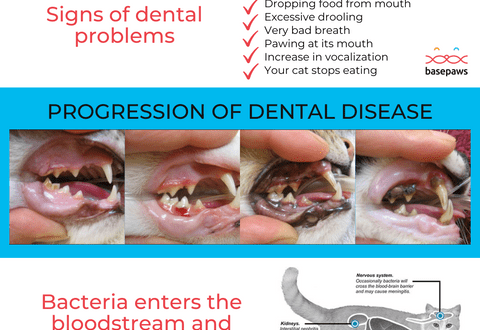
Cat aggression towards another cat: what is it and how to deal with it
If several cats live in a family, disagreements will periodically arise between them. But if one of the cats began to show aggression, measures must be taken so that it does not harm others.
First of all, it is important to determine why the cat became aggressive and how it manifests itself, then make an effort to bring such unwanted behavior under control.
Contents
Aggression in a cat: why it happens
Cats tend to show possessive instincts, even if they have shared a home with other pets all their lives. However, if one of the pets goes to the next level and makes life difficult for another cat, it’s not just a game anymore.
 Paying close attention to your cat’s body language can help you spot signs of aggression:
Paying close attention to your cat’s body language can help you spot signs of aggression:
- Gaze.
- Hiss.
- Biting.
- The pursuit.
- Scratch.
- Aggressive stance, arched back, fluffy tail, bent or flattened ears, dilated pupils.
In some cases, the cause of a cat’s attack of aggression is obvious: meeting a new cat or other pet, or even the arrival of a newborn baby in the house.
More obvious types of aggression – such as biting, assaulting, etc. – often result in physical harm. But aggression is usually aimed at asserting one’s dominant position, and not at intimidation.
As the American Association of Cat Practitioners notes, “aggressors can control another animal’s access to food, litter boxes, places to rest and sleep, and the attention of the owners, which usually leads to isolation of the victim.” If you do not pay close attention to this, you may not even notice signs of intimidation.
Why is my cat behaving aggressively?
Aggression is primarily aimed at asserting dominance, explains Sharon L. Crowell-Davies, MD, in her VetFolio article. It can take more covert forms compared to overt aggression. In fact, it is precisely because cats do this very discreetly that one may not even realize that one of the pets is behaving badly.
“Some lead cats are aggressors, meaning they regularly show significant dominance and aggression towards other cats, even if the latter are clearly signaling submission and trying to avoid interaction,” writes Dr. Crowell-Davies. This type of aggression usually occurs in socially stable families that are not stressed by external factors. In this case, one of the cats wants to assert its dominant position in relation to such important aspects of the cat’s life as food, water, litter box, toys and sleeping places.
In other words, some cats just want to be in charge. With age, this desire may increase, according to the ASPCA. In case of increased aggression or other changes in the behavior of an aging cat, it is worth consulting with a veterinarian.
How to remove aggression from a cat
Living with an aggressive cat is stressful for all family members, including humans. In order to stop the hostility from one of the cats, you should start with a close observation of her daily activities for signs of hidden aggression. A cat’s display of aggressive or dominant behavior does not necessarily mean that it is an aggressive or dominant animal.
“Aggression is not a diagnosis or trait of a cat, but a consequence of an emotional state,” explains International Cat Care. An aggressor cat – or any other cat, for that matter – should not be physically punished, because this can lead to more fear and even more aggression. Instead, focus on calming the aggressive cat.
To do this, rough games and fights should be stopped, as they can contribute to aggression. You can feed the cats in different places and install more litter boxes to make each cat feel like they have their own territory. You can also double the number of cat toys and beds. Pets sometimes do not want to share their owners. If a cat hisses or growls when another clings to the owner, in this way she tries to consolidate her dominant position. By safely removing the aggressor cat from the scene, the owner will let the cats know that this behavior is unacceptable. But you should never interfere in a fight between cats, so as not to get injured. It is worth switching their attention by making a loud noise or throwing a toy in the opposite direction.
Pets sometimes do not want to share their owners. If a cat hisses or growls when another clings to the owner, in this way she tries to consolidate her dominant position. By safely removing the aggressor cat from the scene, the owner will let the cats know that this behavior is unacceptable. But you should never interfere in a fight between cats, so as not to get injured. It is worth switching their attention by making a loud noise or throwing a toy in the opposite direction.
Don’t forget positive reinforcement for good behavior, as it can take weeks or even months to bring about change. If a cat’s aggression towards another cat is considered excessive, it is necessary to speak with a veterinarian to rule out health problems.
Cats may not be best friends with each other, but by patiently seeking at least basic courtesy from them towards each other, you can create a happy and harmonious home for all its inhabitants.





